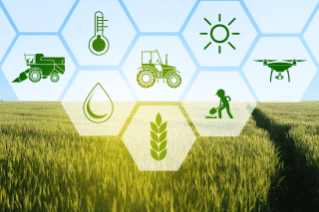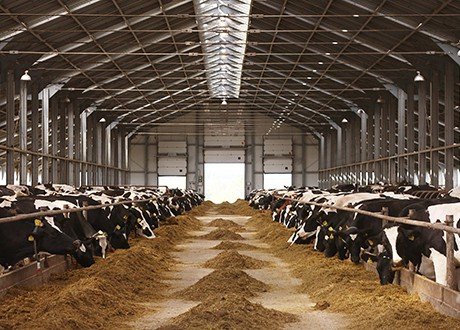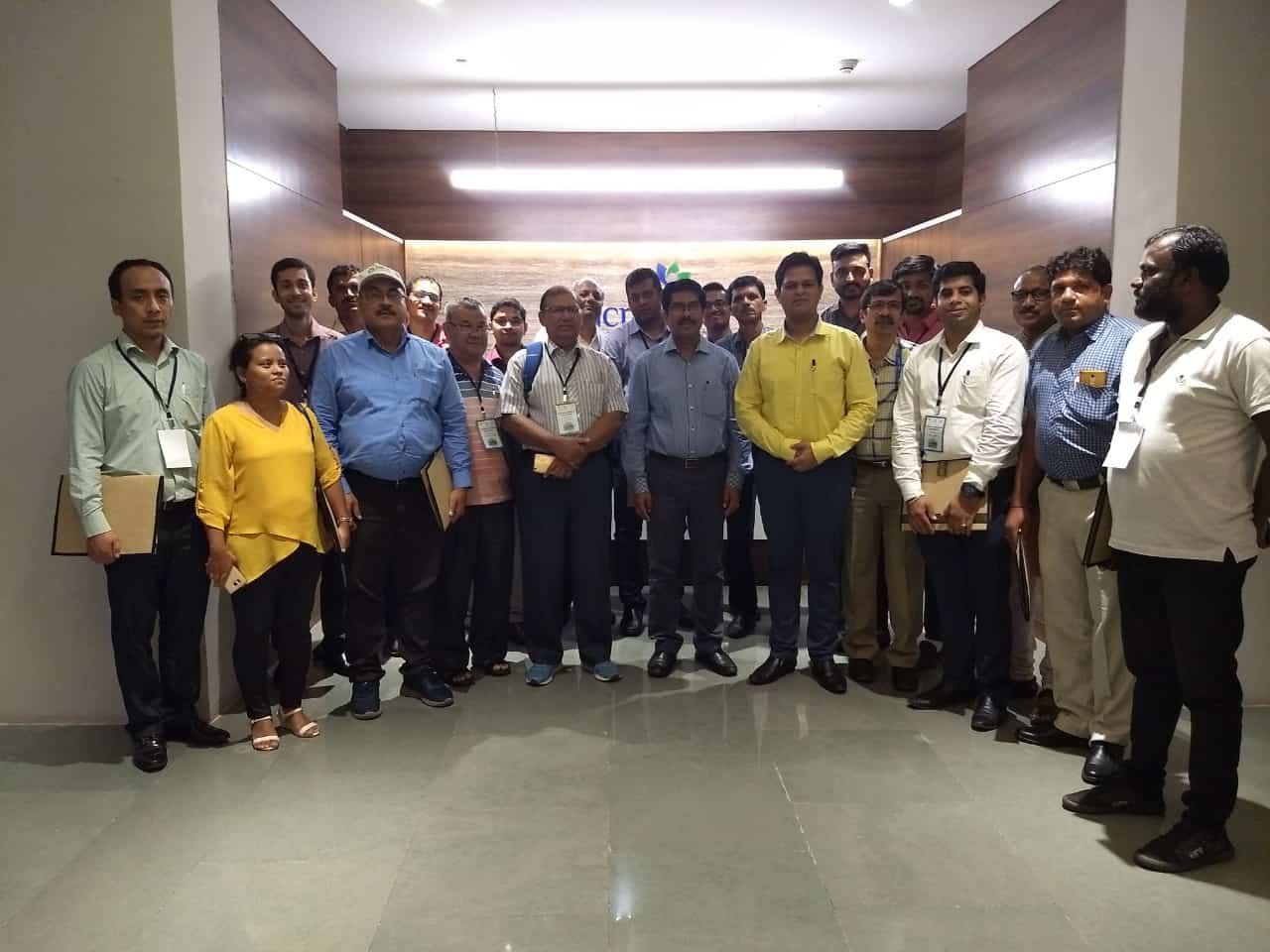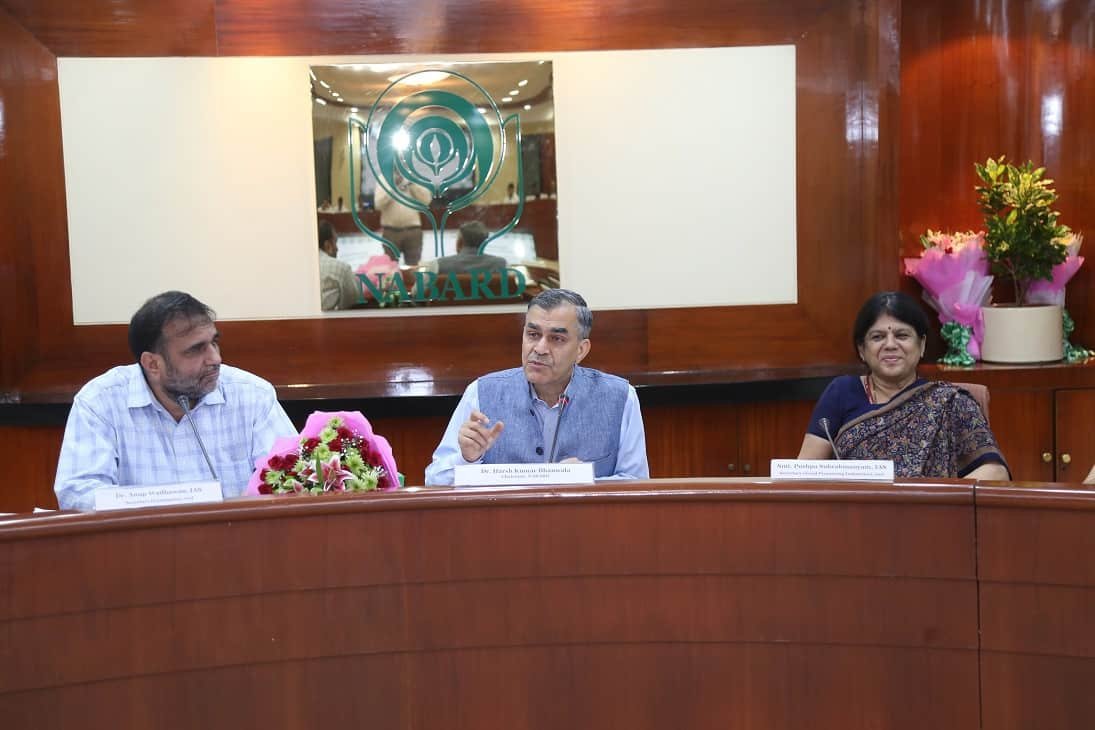By Dr Shivendra Bajaj, Executive Director, Federation of Seed Industry of India
Adoption of science and technology in all aspects of life has been the hallmark of modern civilization. We expect technology to address challenges and make our lives easier, the same holds true for technological intervention in farming. The farmers use technology to smoothen the process of field preparation by mechanization and improve efficiency of farm inputs, be it pesticide or bio stimulant coated seeds, controlled irrigation and nutrient inputs or fertigation. Field monitoring and data analysis, done onsite or remotely, can also help in managing a healthy crop using appropriate nutrient supplements and pest control methods as and when required. Mechanization is also extensively used for harvesting and processing the produce for the market. Market access can also be accessed remotely using digital platforms like e-nam, m-Kisan, Kisan Suvidha and Pusa Krishi for weather forecasts, all possible pre- and post-harvest needs, transactions and financial needs. Similarly, in case of seeds, biotech traits for the approved crops have been widely accepted by the farmers.
Technology has also positively impacted crop related research and plant breeding with extensive sequencing and phenotyping of plants. Our knowledge of genetics and gene function has increased the efficiency of breeding and selection of desired traits. Agronomic data has been collected by farmers and plant breeders for decades for various crops and recent advances have allowed breeders access to genetic information. Breeders today are thus, able to associate genetic variations with trait variations. The analysis of the vast available data has enabled breeders to weed out randomness from their experiments and predict the best crosses to get the required improved trait and artificial intelligence is further helping in making predictions.
Another tool for the breeders is the naturally occurring process called gene editing, which can be used to edit and modify genes/DNA sequences in a precise manner without introduction of any foreign gene/DNA. Of the various methods of gene editing, CRISPR/Cas9 is the most flexible and user-friendly platform that is based on RNA design and hence is most economical. The ease of design and implementation of CRISPR editing makes it viable for use by smaller players and public institutions that may utilize the technology for varied crops (like pulses, millets and vegetables) including orphan crops (like cassava, yam, sweet potato, pigeon pea, cowpea).
Traditional breeding or chemical mutagenesis both are random processes of gene mixing and mutations respectively. Hence, extensive selection over multiple generations is required to get the desired trait in the right background. The conventionally bred crops are only regulated for their seed quality. Gene editing can enable genetic changes similar to conventional breeding, in a single generation in a precise manner. Therefore, saving the time and labour of multi-generation selection and crossing, with the final product being indistinguishable from the conventionally bred one.
Since the final variety has just the minor genetic change and no foreign genetic material introduced in it, many countries like USA, Japan, and Australia have exempted such edited variants from regulations. Others (South American nations) evaluate the edited crops in a case by case manner for the extent of genetic change and moderately regulate them, without elaborate evaluations and data requirements. Such science-based regulations are supportive of innovation and will help both farmers and consumers in the long run.
India too is in the process of developing regulations for gene edited plants. It will be the first country to have regulations in place in South Asia and will set the trend for other nations too. Science-based, predictable regulations will improve the technology adoption by both public and private sector, with multiple players improving diverse crops. An unreasonably stringent regulatory system will inhibit widespread technology access by developers due to prohibitive costs and will limit it from reaching the farmers. Dissidence amongst trading nations regarding regulatory and data requirements for edited crops and produce derived from edited crops will impact commodity trade in the region, with the nation having complex regulation losing out on revenue.
The government’s Agricultural department with its extensive network of extension units (KVKs) can play a pivotal role in imparting awareness to different stakeholders of agri-value chain and consumers regarding the gene editing technology and its potential. The ease of bringing edited products for cultivation, acceptance of gene edited crops by the farmers and food from edited crops by the consumers will determine the final success of the technology and allow us to harness its potential.
By Dr Shivendra Bajaj, Executive Director,














